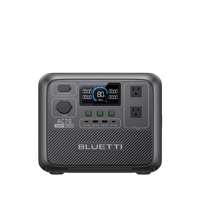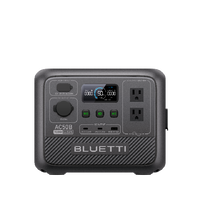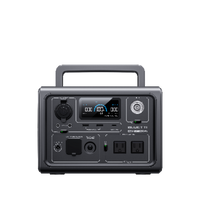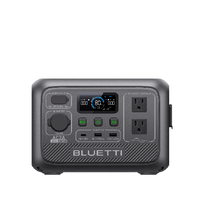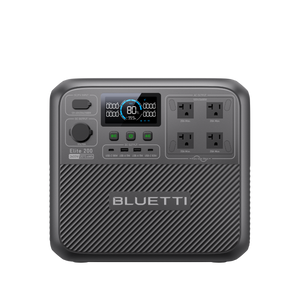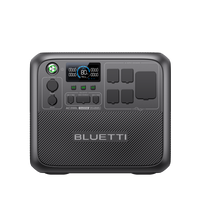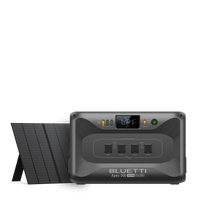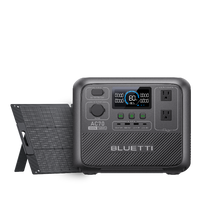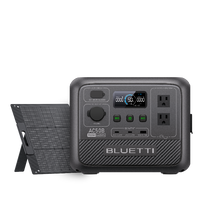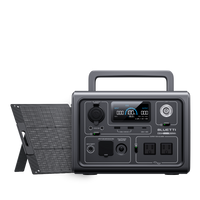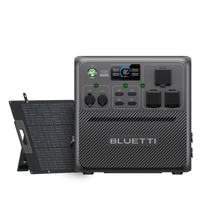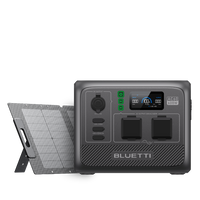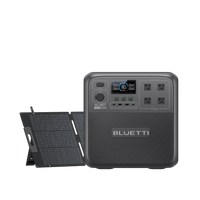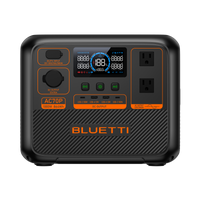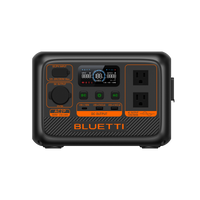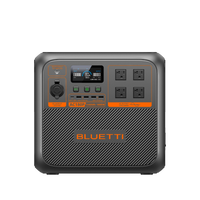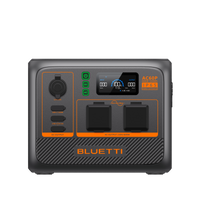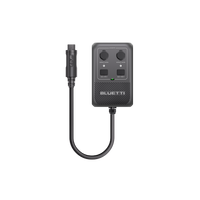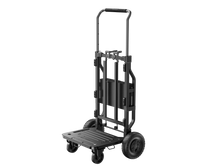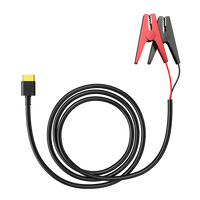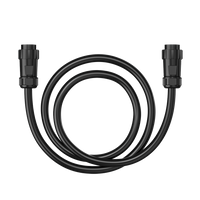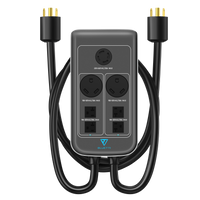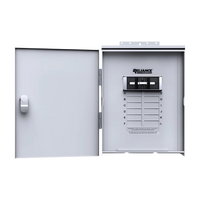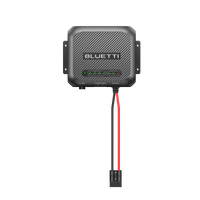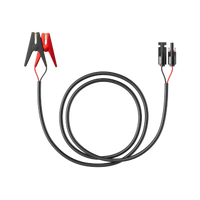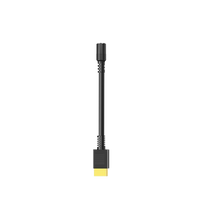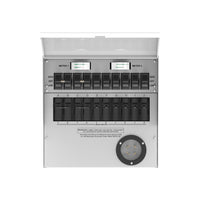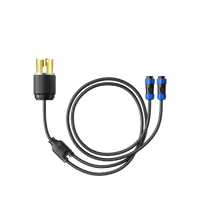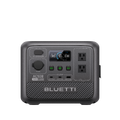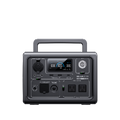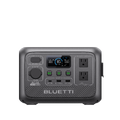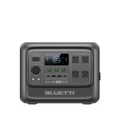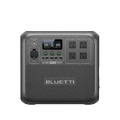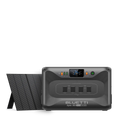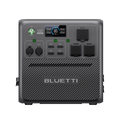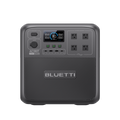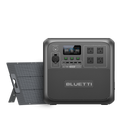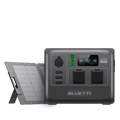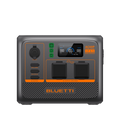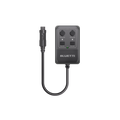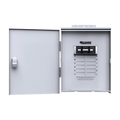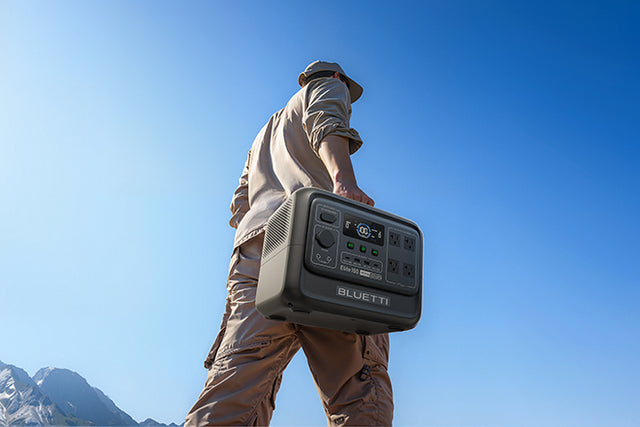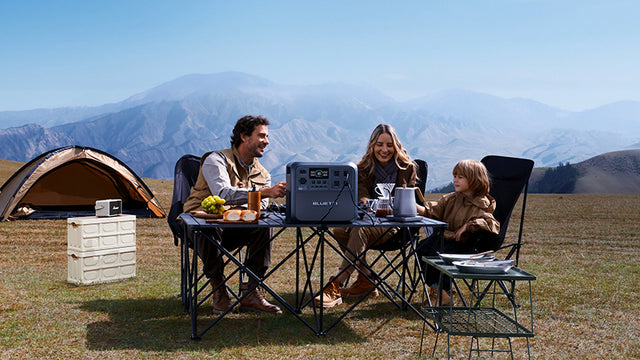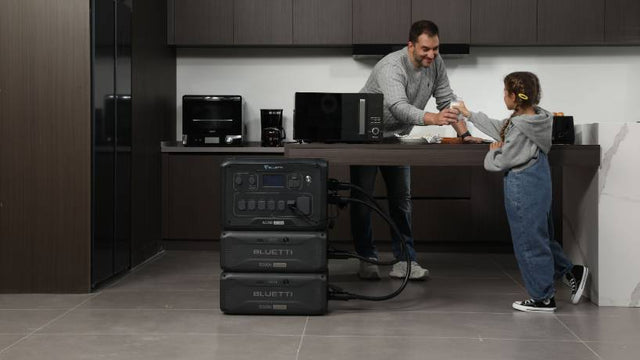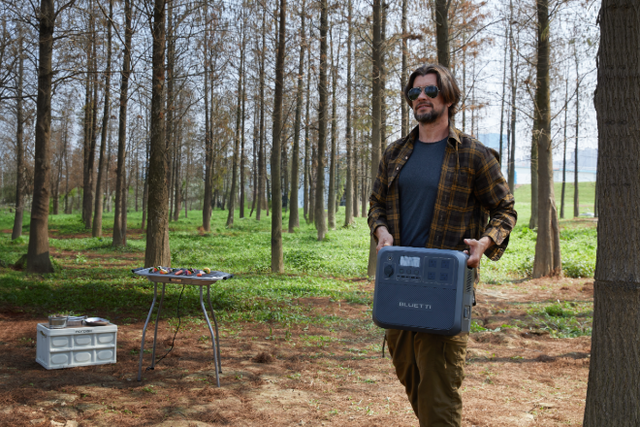Your cart is empty
Shop our productsAppalachian Power Outage Map Explained: Your Real-Time Guide to Power Disruptions

Appalachian Power serves roughly 1 million customers across Virginia, West Virginia, and Tennessee. That's a lot of people who rely on electricity for everything from keeping food cold to powering medical equipment. When the lights go out, people panic.
Fortunately, the Appalachian Power outage map is a useful online tool that serves as a beacon of hope, saving you time and frustration and helping you plan around outages.
The Appalachian Power outage map delivers updates related to outages in real-time, showing you exactly where outages are happening, how many customers are affected, and, most importantly, when crews expect to have your power restored.
But the fact of the matter is that most people don't know how to use the outage map effectively. They pull it up, see some dots on a screen, and close it out of frustration. Using the outage map without understanding it is like having a GPS and only turning it on after you're already lost. The Appalachian Power outage map has layers of information that can help you make real decisions about whether to stay put, head to a friend's house, or fire up your backup power system.
How to Use the Appalachian Power Outage Map Like a Pro: Features And Filters

Accessing the Appalachian Power outage map is straightforward. You can pull it up on their website or download their mobile app. The mobile app is honestly the better choice because you can get push notifications when outages hit your area, and you're more likely to have your phone with you when the power goes out than you are to have a laptop running on battery power.
Get Familiarized With Colors:
Once you're on the map, you'll see your service area with different colored indicators showing where outages are happening. The map updates every few minutes, so you're not looking at stale information from three hours ago. This real-time aspect is crucial because power restoration is a moving target—crews finish one area and move to the next, and you want to know where you stand in that process.
Filter Out, Use Your Zip Code:
The filter options are where the Appalachian Power outage map really shines. You can narrow things down by ZIP code, county, or district. This means you don't have to squint at a map of the entire service territory trying to figure out if that outage marker is in your neighborhood or three towns over. Type in your ZIP code, and boom, you're looking at just the information that matters to you.
Estimated Restoration Times:
Estimated restoration times aren't arbitrary. They're based on crew assignments, the type of equipment that needs repair, and how many customers are affected. A single transformer serving five houses gets fixed faster than a major transmission line that feeds an entire subdivision. The map shows crew status too—whether teams are dispatched, on-site, or still assessing the damage.
Know the Symbols and Codes:
Understanding the symbols and color codes is like learning to read a foreign language, but once you get it, the information becomes incredibly useful. Different colors typically indicate different types of outages: red for major outages affecting thousands of customers, yellow for smaller localized outages, and green for areas where power has been restored.
The numbers tell you how many customers are affected, which gives you a sense of priority. Outages affecting 5,000 customers get attention before ones affecting 50.
What Knocks Out Power in Appalachian Territory: Here Are Most of the Causes

Weather dominates the outage causes in Appalachian Power's service area. This isn't surprising when you consider the terrain and climate. The region gets everything from severe thunderstorms with straight-line winds to ice storms that can shut down entire counties.
Summer storms bring wind and lightning that can snap power lines or cause tree branches to fall across cables. Winter brings ice accumulation that weighs down lines until they break and snow that can collapse power poles.
Determining the Scope of the Problem:
The Appalachian Power outage map becomes your best friend during these weather events because it shows you the scope of the problem. Is it just your street, or is half the county dark? That information changes how you respond. If it's just your street, you might wait it out. If it's half the county, you're looking at potentially days without power, and you need to act accordingly.
Grid Strain:
Grid strain is another major cause of outages, especially during temperature extremes. When everyone cranks up their air conditioning during a heat wave or fires up electric heaters during a cold snap, the electrical grid gets stressed. Sometimes transformers blow under the load, taking out power for entire neighborhoods. The Appalachian Power outage map will show these outages and usually provides more realistic restoration times because crews have to replace equipment, which takes longer than simply clearing debris.
Faulty or Malfunctioned Equipment:
Equipment malfunctions happen, too, and they're often the most unpredictable outages. A transformer that's been humming along for fifteen years suddenly decides to quit on a random Tuesday afternoon. These outages typically affect smaller areas but can be just as disruptive. The outage map helps you understand whether it's a widespread issue or something localized that might be fixed quickly.
Then there are the oddball causes:
Car accidents that take out power poles, construction crews that dig where they shouldn't, or animals that get into transformers. These localized outages show up on the Appalachian Power outage map as small clusters of affected customers, and they're often resolved faster than weather-related outages because the cause is obvious and the fix is straightforward.
Setting Up Alerts: Because Staring at Your Phone All Day Isn't Productive
While the Appalachian Power outage map is helpful when checked manually, its true value lies in the alerts that bring updates directly to you. You can sign up for outage alerts via email, text message, or push notifications through their mobile app. This isn't just about knowing when your power goes out; you probably notice that pretty quickly—it's about getting updates on restoration progress.
How to Set Up Alerts:
Setting up alerts is simple. You provide your address, choose how you want to be contacted, and specify what types of updates you want. Some people want every update; others just want to know when crews are dispatched and when power is restored. The choice is yours, but getting some level of notification beats checking the Appalachian Power outage map every twenty minutes.
Setting Up Alerts for Businesses:
For businesses, the alert system becomes even more valuable. You can set up notifications for multiple locations, which is crucial if you operate several stores or facilities in the region. A restaurant chain with locations across Virginia and West Virginia can get customized alerts for each site, helping them make decisions about staffing, inventory, and operations.
Restoration Progress Updates:
Restoration progress updates provide a sense of timing. Alerts about crews being on-site confirm active work is underway.
When you get an update that the estimated restoration time has been pushed back, you can adjust your plans accordingly. This beats sitting in the dark wondering if you should start that generator or if power will be back in twenty minutes.
Appalachian Power Outage Map + Backup Power Solutions = Peace of Mind

Here's where we get practical. The Appalachian Power outage map tells you what's happening, but it doesn't keep your refrigerator running or your phone charged. You need backup power solutions, and the options range from simple to sophisticated depending on your needs and budget.
Portable Generators:
Portable generators are the traditional go-to solution. Gas generators are powerful and relatively inexpensive, but they're loud, produce emissions, and require you to store gasoline safely. Propane generators are cleaner and quieter, and propane stores indefinitely, but they're typically more expensive to operate. Dual-fuel generators give you options, letting you run on gasoline or propane depending on what you have available.
Solar-Powered Generators:
They are becoming more popular, especially in areas where noise is a concern or where you want to avoid the hassle of fuel storage. These systems charge from solar panels during the day and provide clean, quiet power when you need it. The BLUETTI Elite 200 V2 portable power station represents the current state of the art in this category. With 2,073.6Wh capacity and 2,600W output, it can power essential devices for hours or even days, depending on your usage.
The Elite 200 V2 uses LiFePO₄ (lithium iron phosphate) batteries, which last much longer than traditional lithium-ion batteries. We're talking 6,000+ cycles compared to 500-1,000 for standard batteries. It charges incredibly fast too: 80% in just one hour with AC charging or about 2.4 hours with solar input. For shorter outages or keeping essential devices running, it's an excellent solution that doesn't require fuel storage or produce emissions.
Whole-home Generators:

For more substantial backup power needs, whole-home generators are worth considering. These systems automatically start when power goes out and can run indefinitely as long as you have a fuel supply. They're expensive—typically $10,000-$20,000 installed—but they keep your entire house running normally during outages.
The BLUIETTI Apex 300 sits somewhere between portable and whole-home solutions. With 2,764.8Wh capacity and 3,840W output (7,680W with Power Lifting Mode), it can handle significant loads, including 240V devices like electric dryers and EV chargers. It's expandable up to 58kWh with additional battery packs, making it a scalable solution that can grow with your needs.
What sets the Apex 300 apart is its zero-delay UPS function and ability to work as a smart energy ecosystem. It can automatically switch between grid power and battery power, charge during off-peak hours to save money, and integrate with solar panels for renewable energy generation.
For extended outages or whole-home backup, it's a sophisticated solution that doesn't require permanent installation or fuel storage.
Business Considerations: When Downtime Costs Real Money
If you operate a business in Appalachian Power's service territory, outages aren't just inconvenient; they're expensive. The Appalachian Power outage map becomes a business tool that helps you make decisions about operations, staffing, and customer service during power disruptions.
Consideration #1—Most Businesses Require Refrigerated Inventory:
Restaurants and retailers with refrigerated inventory face immediate problems when power goes out. Food spoilage costs money, and health department regulations mean you might have to throw out inventory even if power is restored quickly. Having backup power for critical refrigeration isn't optional; it's a business requirement.
Consideration #2—Data Protection:
Data protection is another major concern. If you're running point-of-sale systems, security cameras, or computer networks, sudden power loss can cause data corruption or loss. A UPS system that bridges the gap between grid power and generator power is essential for protecting electronic equipment.
Consideration #3—Customer Service:
Customer service considerations matter too. If your business is dark while competitors down the street have backup power, guess where customers go? Having a plan for maintaining operations during outages can be a competitive advantage, especially if outages are frequent in your area.
Consideration #4—Automated Power Transfer Systems:
Automated power transfer systems take the guesswork out of backup power. These systems monitor grid power and automatically start your generator when power goes out, then switch back to grid power when service is restored. For businesses, this automation means operations can continue even if no one is on-site when an outage occurs.
Communication with customers during outages is crucial for maintaining trust. If you know from the Appalachian Power outage map that restoration will take several hours, you can proactively contact customers to reschedule appointments or adjust service expectations.
This proactive approach looks professional and helps maintain customer relationships.
Making the Most of Your Power Outage Information
The Appalachian Power outage map is more than just a status board; it's a planning tool. When you combine real-time outage information with appropriate backup power solutions, you transform from someone who reacts to outages to someone who manages them.
Outages are inevitable in the Appalachian region due to weather, equipment failures, and grid strain. The Appalachian Power outage map gives you the information you need to respond appropriately, whether that means waiting it out, firing up your backup power, or heading somewhere else until service is restored.
The Beacon of Hope in Times of Extended Outages
Backup power solutions like the BLUETTI Elite 200 V2 for shorter outages and the BLUETTI Apex 300 for extended disruptions give you options beyond just waiting for the utility company to fix the problem. These systems charge from multiple sources—AC power, solar panels, or even your car—so you can keep them ready for the next outage.
The combination of good information from the outage map and reliable backup power means you never have to be completely at the mercy of power outages again. You can keep essential devices running, maintain communication with the outside world, and wait out even extended outages with minimal disruption to your life or business.
Power outages will continue to happen, but with the right information and the right backup solutions, they don't have to ruin your day. The Appalachian Power outage map gives you the information; backup power solutions give you independence. Together, they turn a frustrating situation into a manageable inconvenience.

